Ye Konsa village hain? (Which village is this?)
Konsa!
…..
Well, it can get confusing but let’s get done with this anyway. I have already briefly described it in my general Tirap Longding trip report but let’s get into the details now.
The first major spot we visited as a part of our expedition was Konsa or Kunsa, a major village of the Wancho people. Now, this itself is enough to confuse a newcomer because there is also a town called Khonsa (with that extra H), which is the headquarter of Tirap and a pretty famous town in this region. Most of us were initially confused but our local guide Khunwang of Native Routes Tours made it clear that we were going to a village.
We started the morning from our hotel in Longding and soon entered very desolated territory. In India we are used to crowd and congestion even at small towns and villages. That is why such desolation can feel shocking. The last time I saw such desolation was while escaping Imphal via the Silchar route.
We kept driving for hours, barely coming accross a village. There were a few scattered huts here and there on the slopes. The hills were free of forests though, which means that they are used regularly for jhum cultivation. We had a brief halt and Pongchau which is smallish town but it is the only town in this area and the market here caters to all the villages.
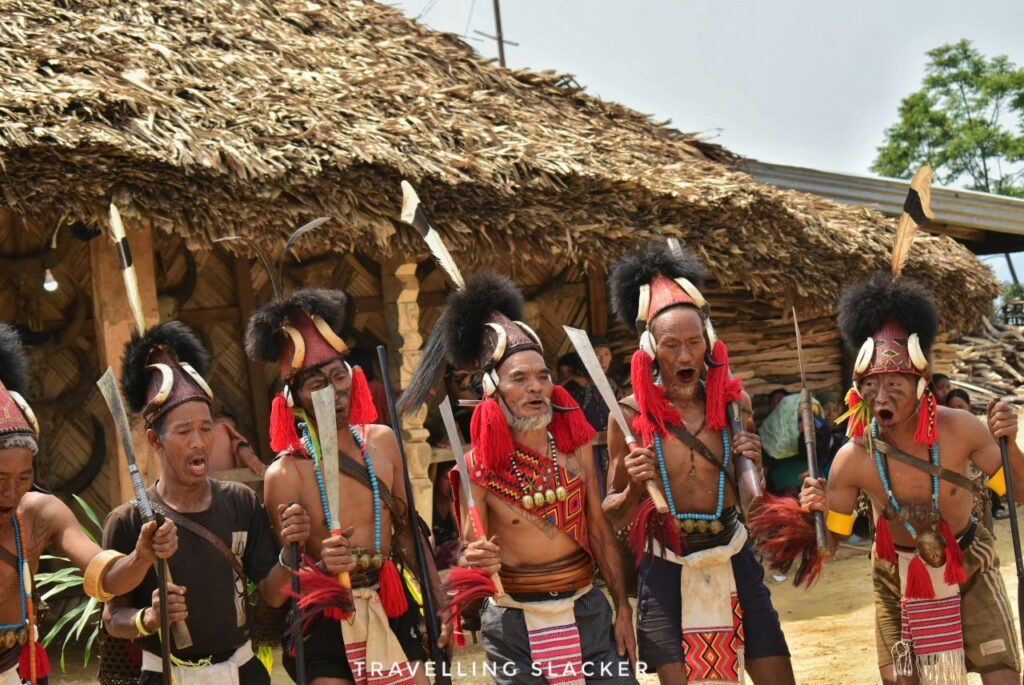
About Wanchos
Just like most other things in NE, this is a complex topic. In general Wanchos are considered one fo the Naga groups, somewhat identical as Konyaks, yet have a different identity divided by state borders.
In case you haven’t realised yet, the term Naga itself was an exonym to describe various adjacent but distinctive groups that lived in these hills spread accross modern day Nagaland, Manipur, Assam, and Arunachal. They mostly remained secluded from the world apart from some transactions with neighbouring kingdoms such as Ahoms.
Even within Nagas, we can see vast difference between languages and some of them are mutually unintelligible, this requiring a lingua franca such as Assamese or Hindi. Also noteworthy is that Konyak/Wancho languages belong to Sal Language family, different from Kuki Chin Naga family that most other Naga Languages belong to. So, that may tell you something about diverse origins but we can’t really be sure about anything.
The word Wancho and Konyaks also can create confusions. They are also identical in terms of culture and language but the ones in Mon District of Nagaland are known as Konyaks while in Arunachal you will come accross Wanchos. All these are fascinating aspects of these ethnic groups and some of these parts will always remain mysteries.
Coming back to the trip, we were heading towards the remote Wancho village of Kunsa (or Konsa) village, located near the Myanmar border. Konsa has the same vibe as Longwa in the neighbouring Mon district of Nagaland although the real border doesn’t pass through the village here. The local King or chieftain, his big house, tattoes elders, vibrant song and dances, spacious morungs decorated with logdrums… Everything reminded me of Longwa in Nagaland that I visited a few years ago.
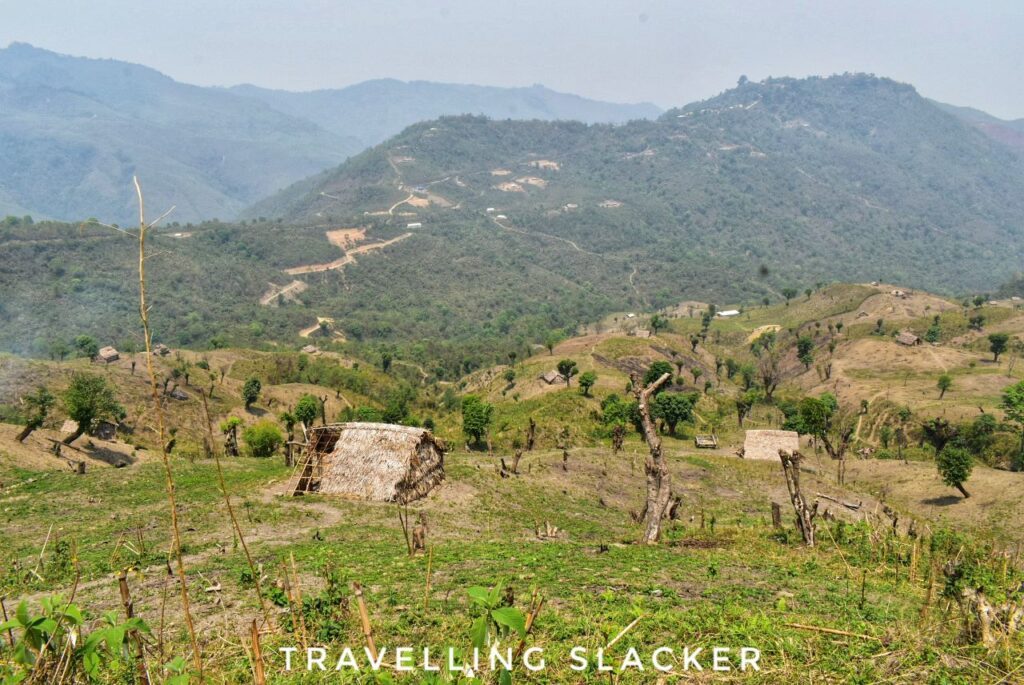
As we reached the village, we were welcomed by a few well dressed village elders including the King Katwang Wangham, and the local GB (Gaon Burha). The King is the traditional head while the GB is the administrative head who works with the government.
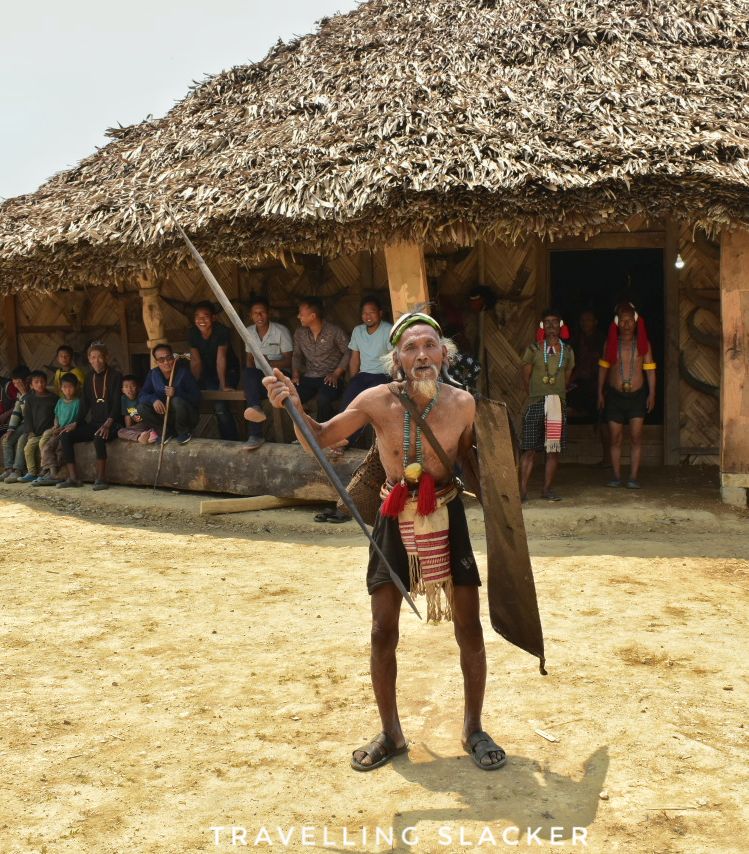
We had a discussion like about the life in the villages and soon found out that issues are similar to those we encountered in Mon. Jhum cultivation is the mainstay here although most of it is subsistence farming, just enough for their needs. We were also informed about the problems with opium cultivation in the remote areas and efforts to eradicate the same nowadays.
The King’s house was a big one and the traditional wood sculptures here were noteworthy. We could also see several shields hanging from the walls. The Oriah festival at Konsa was scheduled for a few days later. This wasn’t the festival day. Nevertheless, the villagers seemed to have dressed up to welcome the guests. It actually reminded me of Konyak village of Hongphoi, with a lot of well-dressed and well-tattooed elderly men sitting around a fireplace, sipping black tea, smoking up, and chatting in a laid back manner.
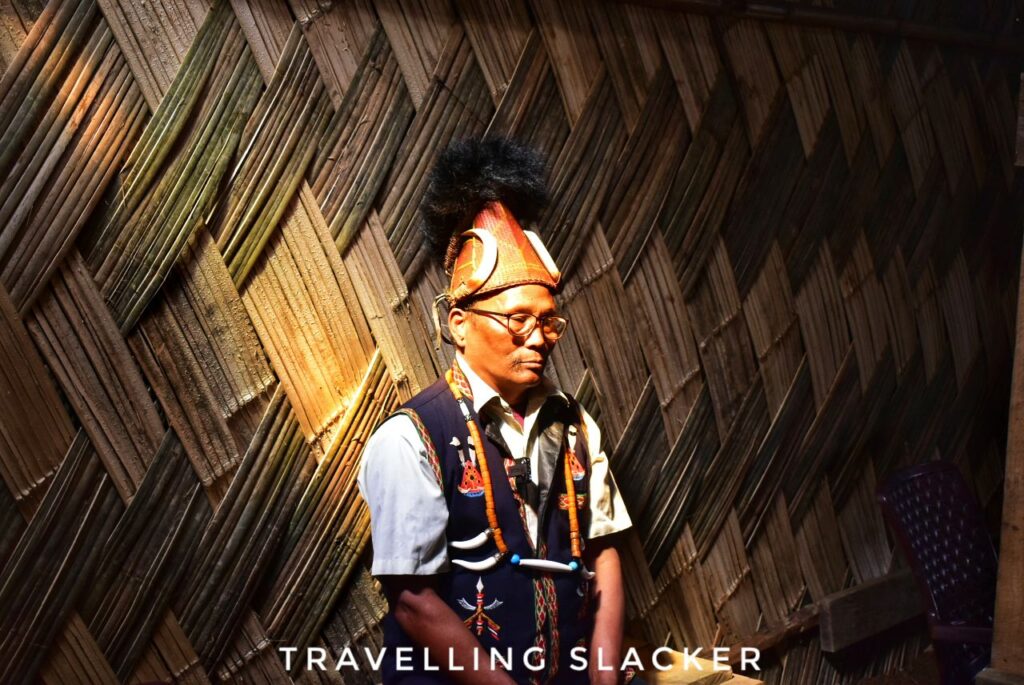
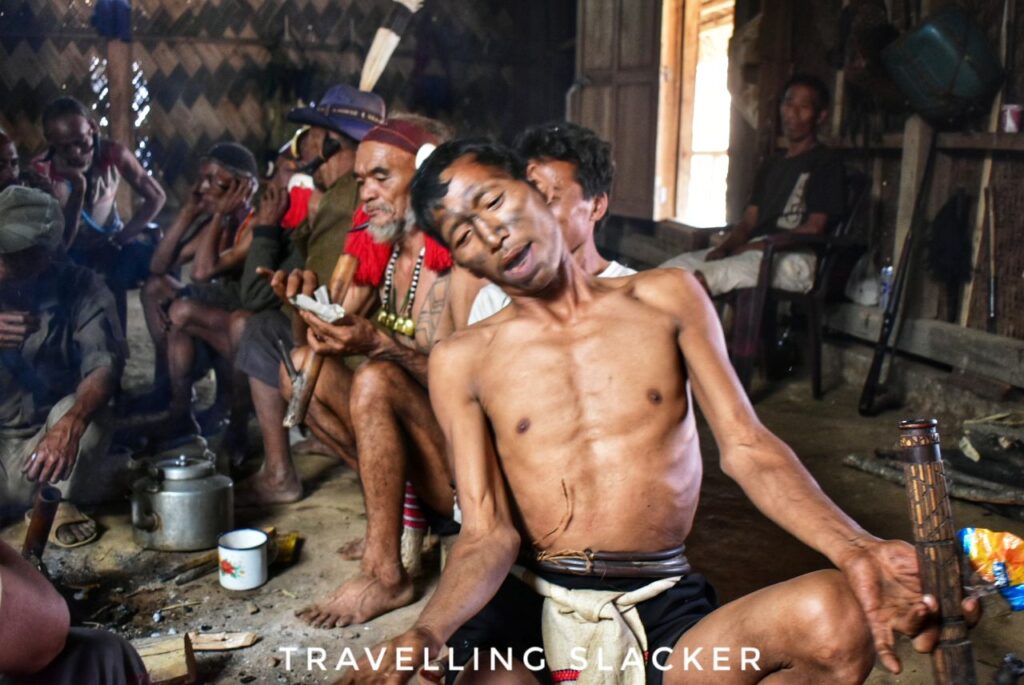
The women were inside, busy cooking. Although there is not homestay or restaurant here, the locals had been informed already and they were busy preparing food. Polygamy has been the norm in these areas but the practice is decreasing with the introduction of modernity. We were told that in the olden days the chiefs used to easily have more than 20 marriages but we have to look at such practices from the perspective of the surroundings and circumstances and not through our own contemporary prisms.
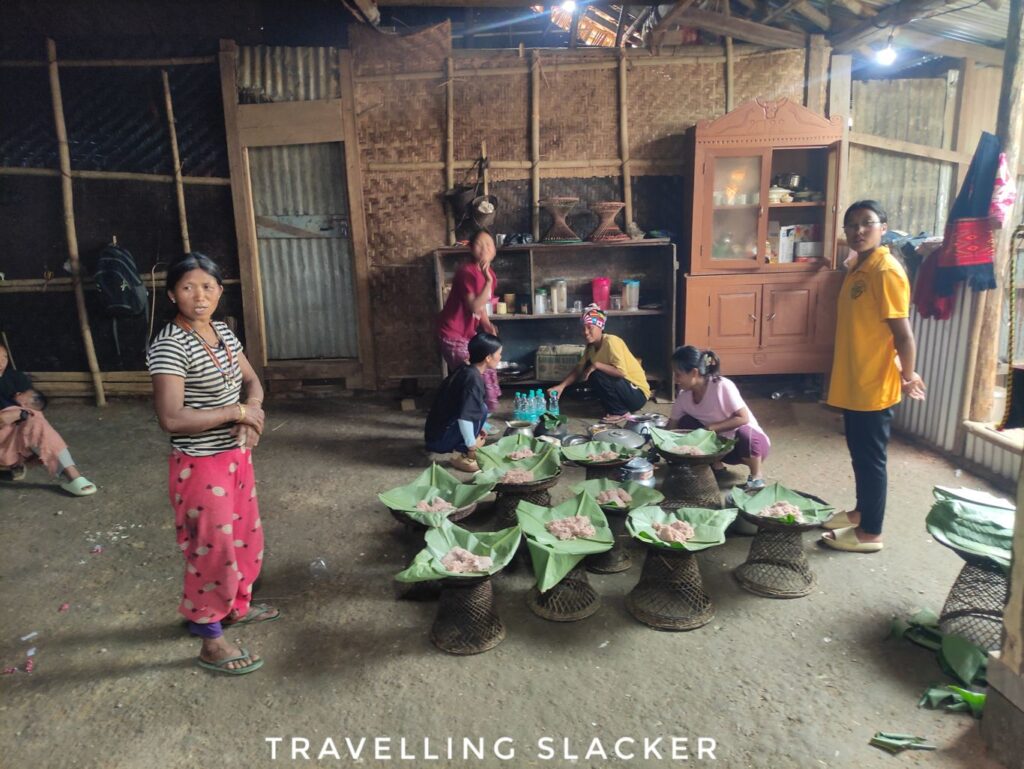
The thing with these remote areas like Longding, Tirap, and for that matter Mon, is that they adopted modern ways much later compared to others. Many of these people were following ancient animist traditions till as late as the 1990s and Christianity has reached here only recently. That is why, we can have a better glimpse of their ancient traditions and culture and especially the village elders are the ones who have seen two different worlds. The same can’t be said about a less remote region such as Kohima, where western influences reached a few generations earlier and there’s no one who has memory of pre-Christian era.
Anyway, we were soon informed that the locals will also perform a bit for us. The women of the King’s household first performed a song that’s accompanied with rhythmic pounding of corn with giant wooden pestles. We were roughly explained about the song, which talks about enjoying the moment, which is apt especially for women. It roughly says “Now we are together, tomorrow we may not be… so let us cherish the moment.”.
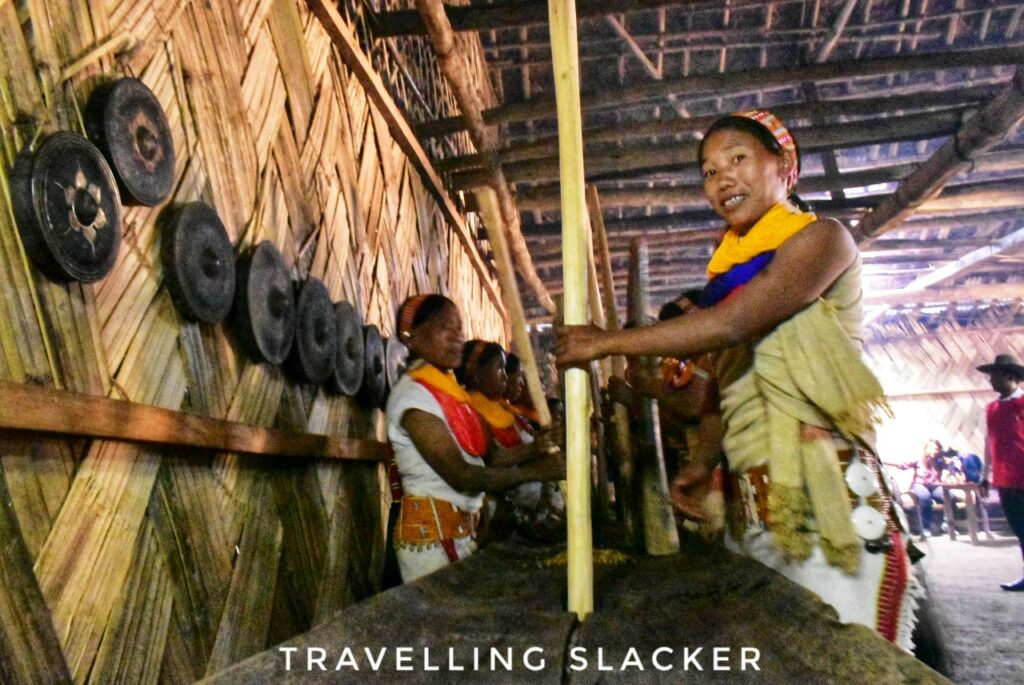
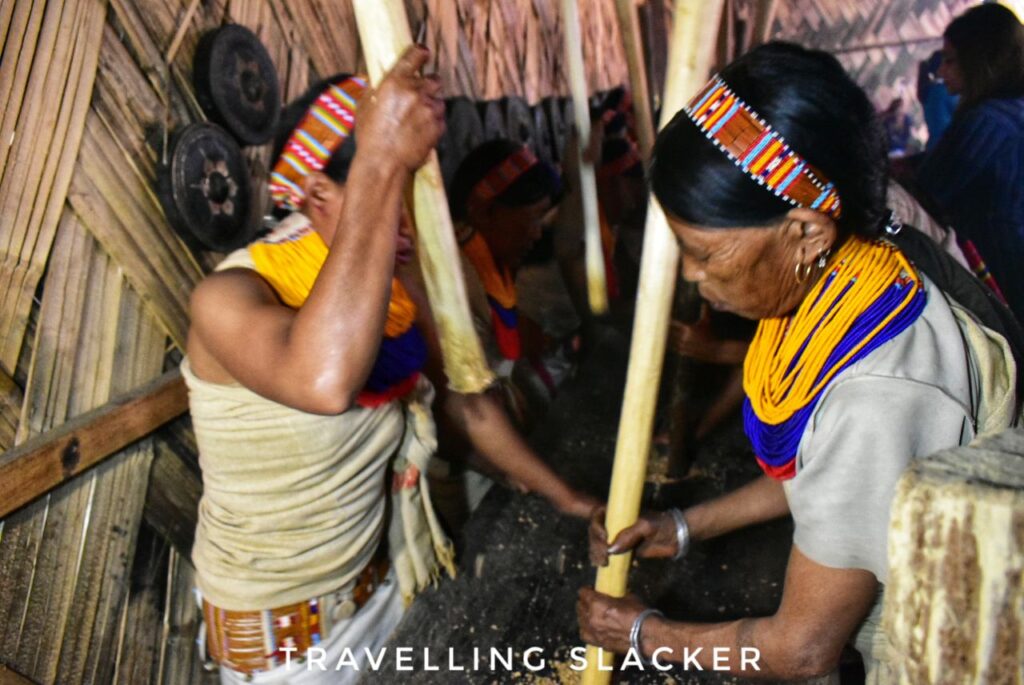
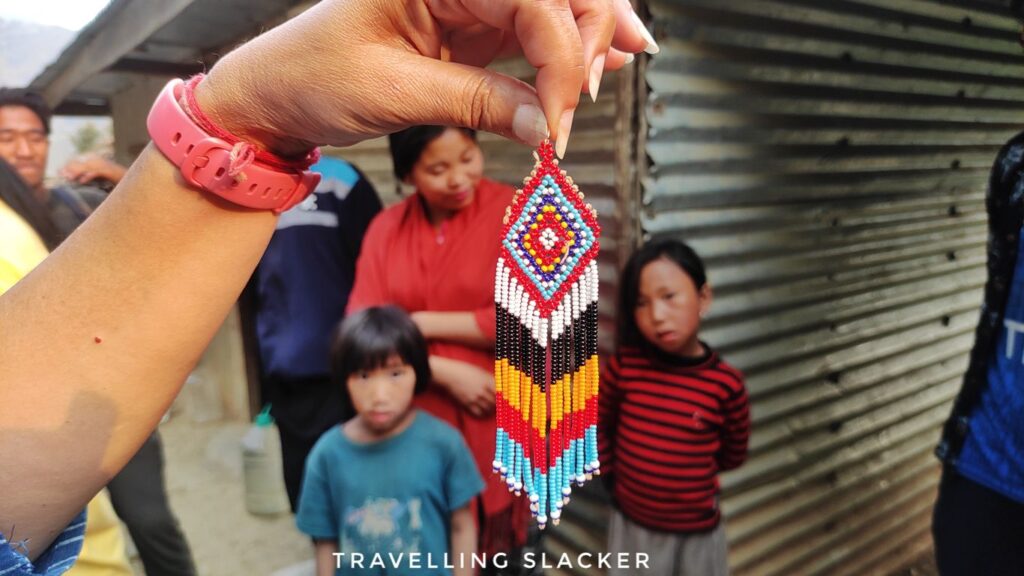
It was followed by the men performing a warlike dance with spears, machetes, and guns. Compared to the soothing rythm of the women, this one sounded like a war dance. While the days of bloodshed and headhunting are long gone, they have kept the traditions alive through such cultural representations.
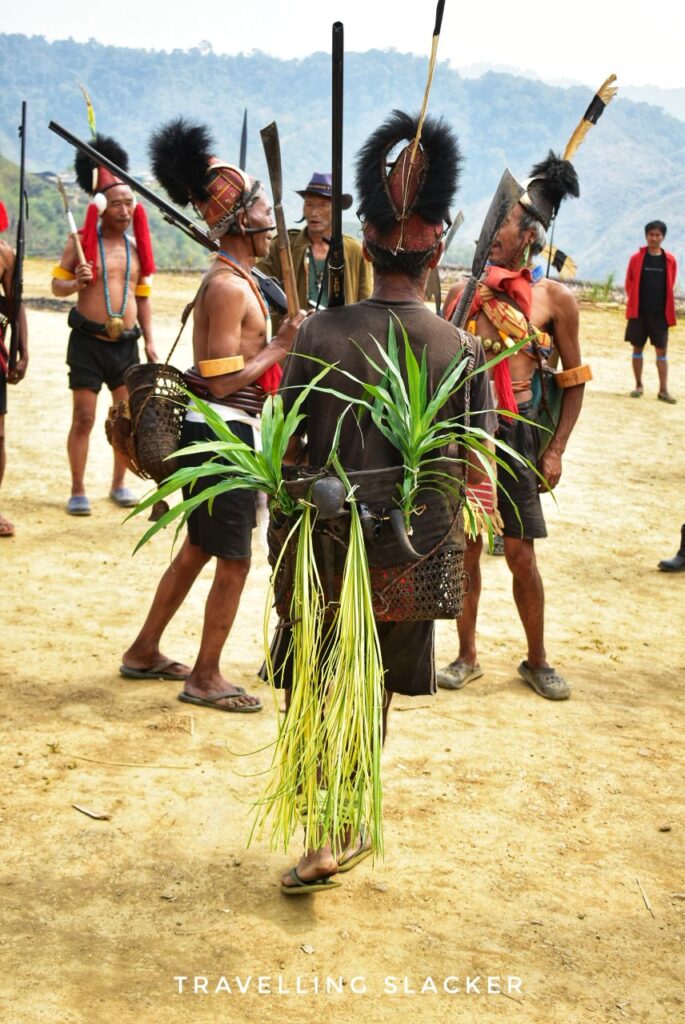

The most noteworthy aspect here is the use of guns. It’s not sure where they picked up the skills of gunmaking but they must have learnt it after the arrival of the British. Nevertheless, they picked up this skill rather well. I remember meeting a gunsmith in Longwa. Here, we didn’t have the time to meet one but I’m sure there are many such craftsmen in these villages. While we can no longer expect warfare, the guns are still used for hunting.
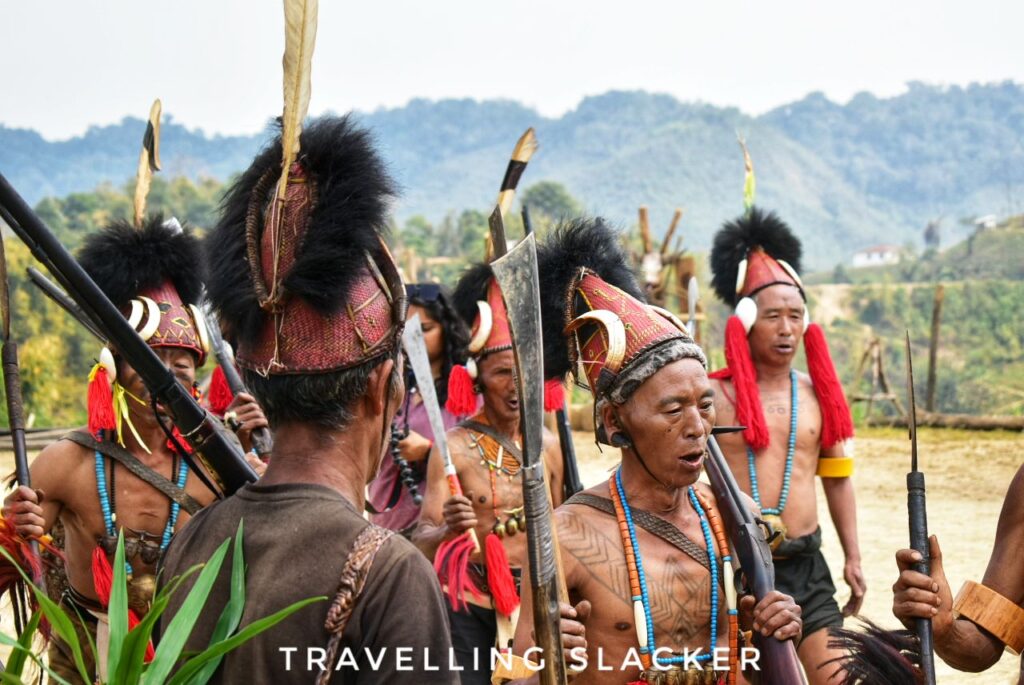
We were finally offered food, and it was touching to see the effort they took to offer a platter that included red rice, various leafy greens, mushroom, eggs, and potatoes. It was a bit mainstreamized version of what they’d usually have. We thanked them for taking that much effort for visitors.
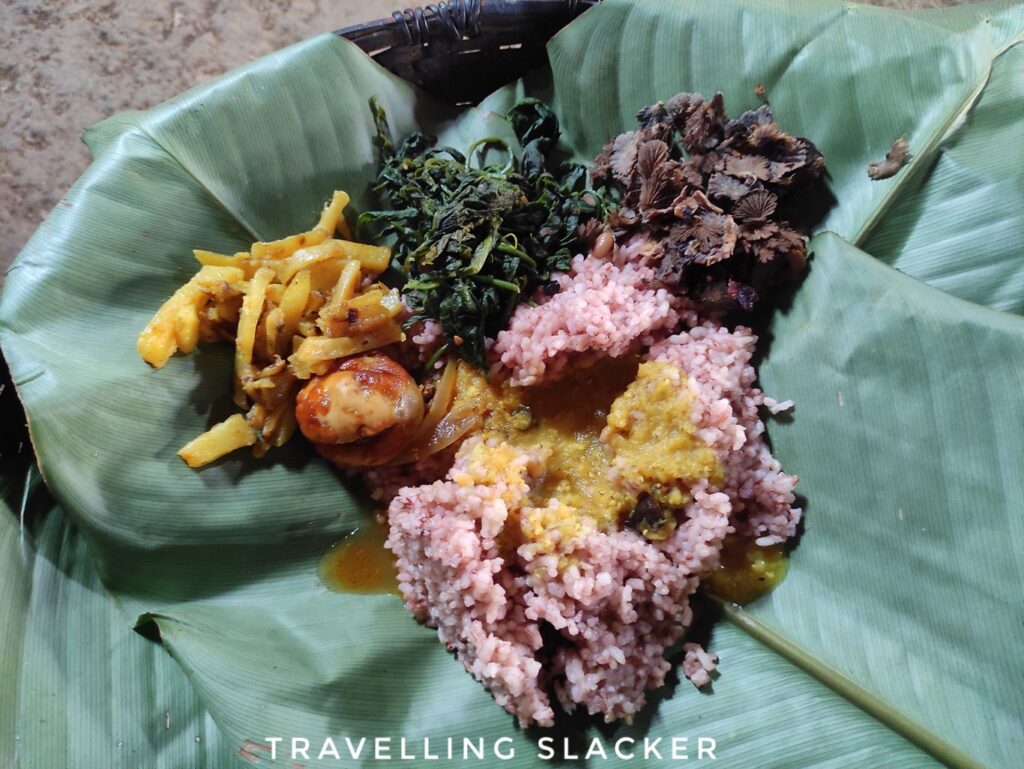
So, this was more or less about it from Konsa. I’ll return with stories from another village soon.
How to Reach Konsa and how’s the road condition?
Konsa is around 50 KMs from Longding town and you’ll need a prearranged vehicle unless you have your own. It is a remote area just near the border of Myanmar.
The roads were decent though, seemed recently built. However, during the heavy rains they may get affected.
Is there a place to stay in Konsa?
No, there is no place to stay in Konsa as of now. People usually make dat trips from Longding town. Arunachal Tourism has just started promoting it. So, we can expect it to come up in the future as more people visit it.
What is the right season for Konsa?You can visit anytime but try to visit during a festival. This year, Oriah was scheduled for 26-27th April although we happened to visit a week earlier!
Phone and internet connectivity in Konsa?
My phone was working here. I think connectivity has taken great strides of late in India and this is also an example of that.

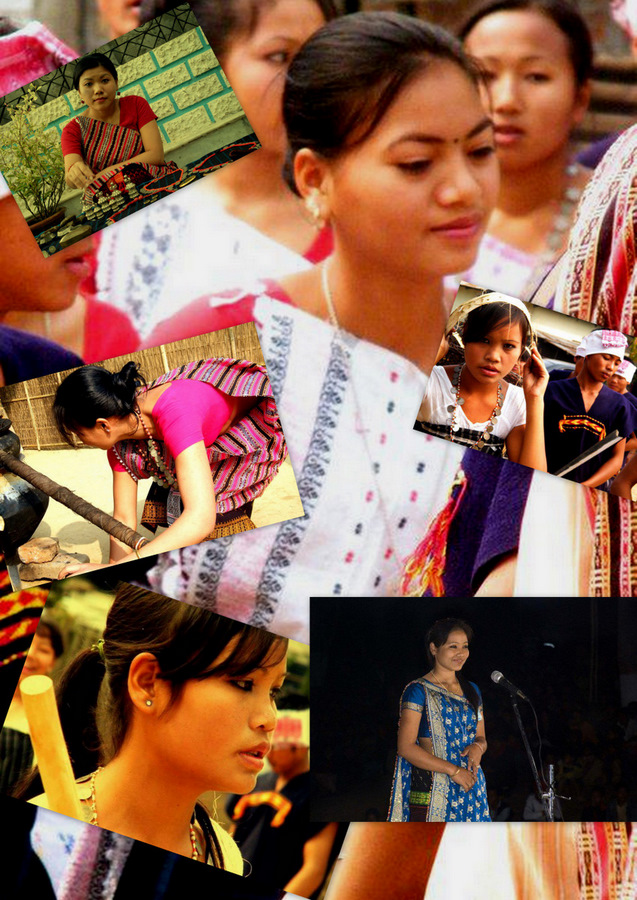
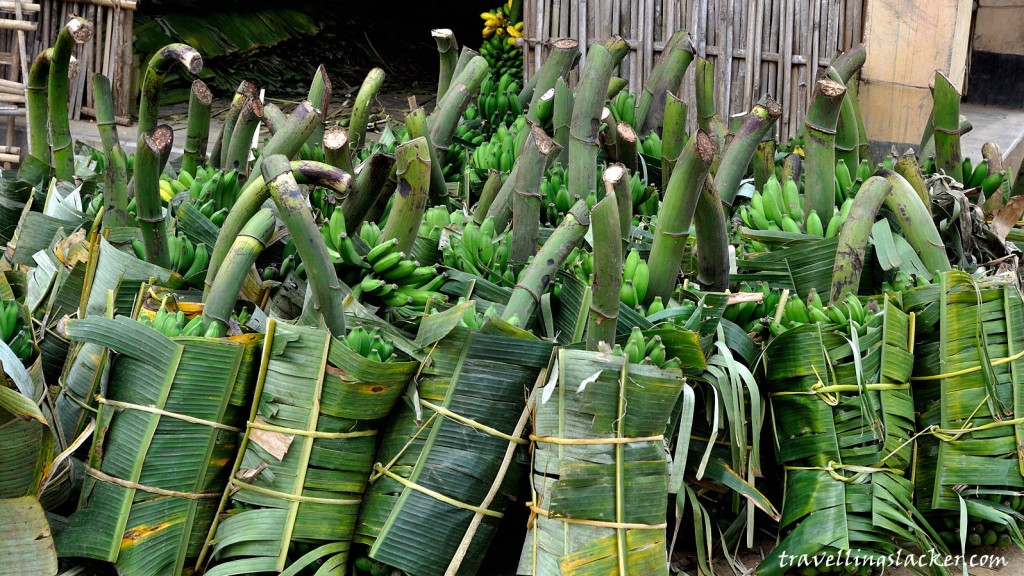
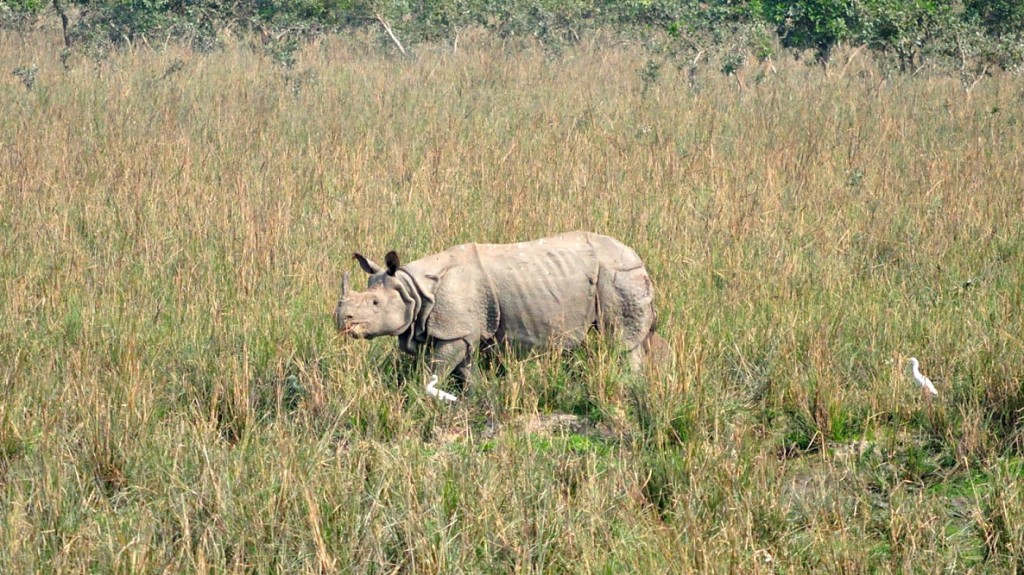
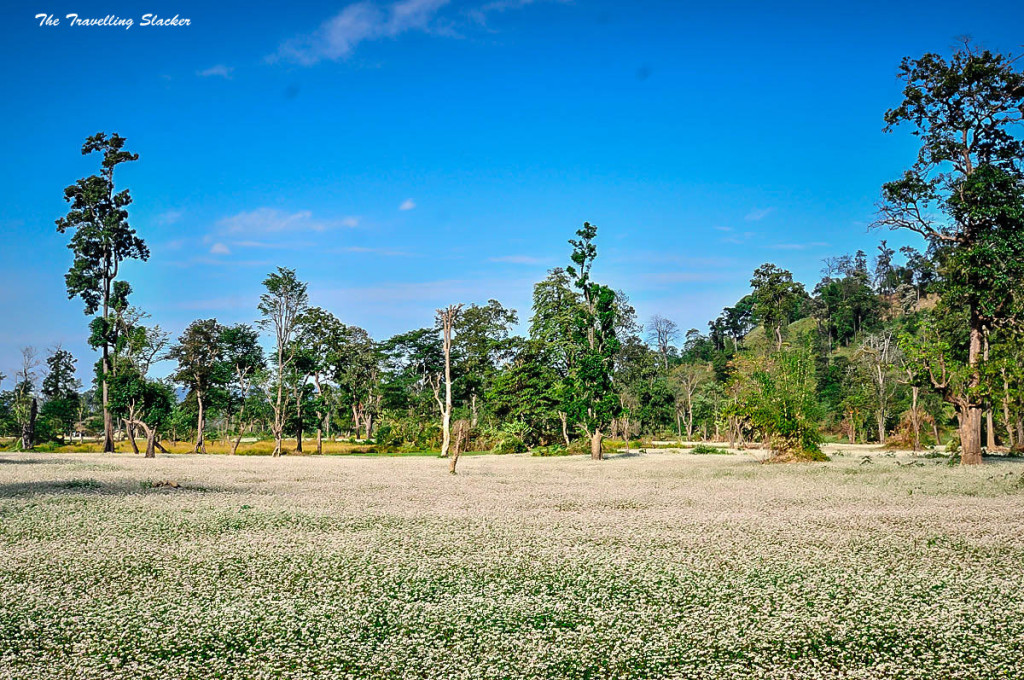
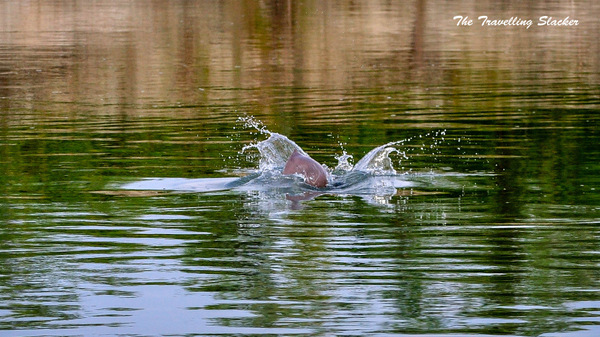
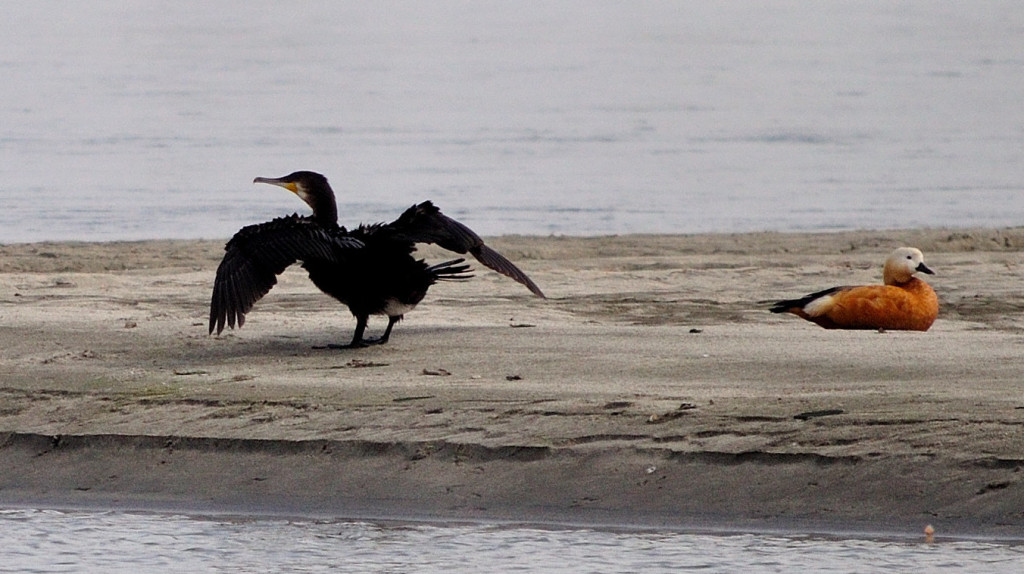
Pingback: Wakka: The Wancho Citadel | The Travelling Slacker